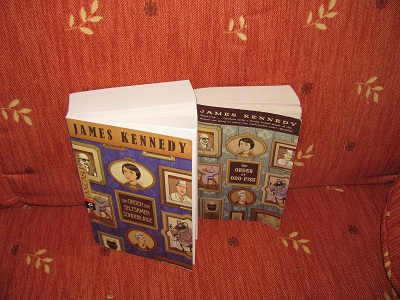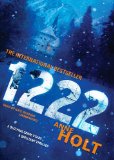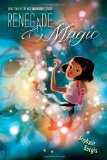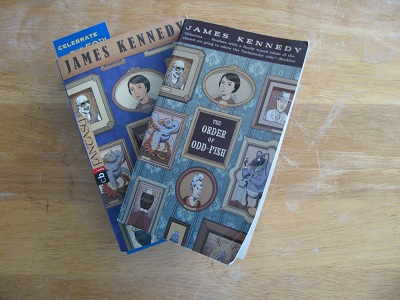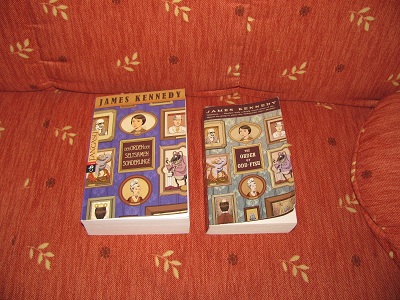Spread the Word: Librarians Help!
When you think of the “helping professions,” do you think of librarians?
I’m not sure too many people other than librarians themselves do.
But I’ve been thinking about my calling as a librarian. As a Christian, being a librarian helps me fulfill my responsibility to help the poor. I see my job as a ministry. As a person with a social conscience, that’s also true. We help. It makes me happy when I know I’ve helped someone, and that happens every day.
I’ve been a teacher. I taught college math for ten years. And I feel much more helpful as a public librarian. I still teach people, but it’s people who want to learn. I don’t test them! I’m not their adversary! And mostly, I help them teach themselves, which is much more empowering.
Politically, I see libraries as the good things about the ideals behind socialism. The large group contributes very small amounts (less than a penny out of each tax dollar in this county), and this is invested into resources that all can use for free. And pooling the money gives a better return than any individual could get — lower prices on materials and even specialists (librarians) to help you in whatever information needs you have.
This contrasts with what I saw when I worked in the Office for Children, helping with the bureaucracy of running the USDA Food Program. Someone had once worked the system to get money — so now it’s overwhelmed with details and regulations. We had to make sure people filled out the paperwork exactly correctly and make surprise visits to make sure our centers were counting attendance correctly. All for pennies per child per day. And you know how they make sure no discrimination crops up? Every day care provider must post a certain poster, printed by the government that says there is no discrimination here. And every parent must get a flyer about it.
Or when my husband had just joined the Air Force and we got on the WIC program for a little while. The people who worked with us were incredibly condescending, and we had to attend a “nutrition class” to get the coupons. Because college educated people would never be poor enough to need this help? Yes, it hurt my pride.
Now, any time you have to apply for help, you’re going to have to deal with regulations to make sure the program is administered fairly. And there may be a stigma, since you have to be in a certain category to get this help.
Libraries aren’t like that. They help everyone. The rich can read books for free and get information help from librarians. And so can the poor. You do not have to apply to use the library. It is there for the entire community.
I’ve been thinking about this for awhile. Last year, I went on a women’s retreat with my church. One of the speakers, who works for World Vision, was talking about our calling from God to help the poor. Later, in a small group, we were talking about what ways God is calling each of us to help. I mentioned my job at the library, which I had just gotten back to after working in the Office for Children for six months. She said, “I don’t think it can be a job.” (This from a person who works for World Vision? So that doesn’t count?)
But I do think you can help people in your job. And I don’t think that people, in general, realize how much librarians help people.
So — that’s the point of this post. I want to get the word out: Librarians Help! I’d love to start a trending tag on Twitter, so I may refer some people with lots more followers than me and ask if they’ll find reasons to use the tag #librarianshelp.
For me, I’m going to start a blog series. My plan is to post every week on my day off. That will be Friday this week and Saturday the following week, and so on. What I will do, is start writing down in a little notebook the ways I’ve helped people this week. I will keep it completely unidentifiable. For example, last week I helped a man apply for a job. He didn’t need a lot of help, but he was clearly worried about using the computer, and I got him on one of our computers and got him to the company’s website. He went from there, but I know I helped and reassured him that he could do it. (I hope he gets the job!) Of course, another favorite way I helped was helping a kid find the next book he wanted to read. So I’ll just mention a couple of episodes like that each week.
I’d love it if more people got involved. Each week, I’d love to see some comments with stories of ways you have helped someone or have seen a librarian help someone. Or a link to your own related blog post would be fantastic.
I’d like to spread the word: Librarians help!
Note: The opinions expressed here are entirely my own, and by no means should be construed to reflect the opinions of my employer.
